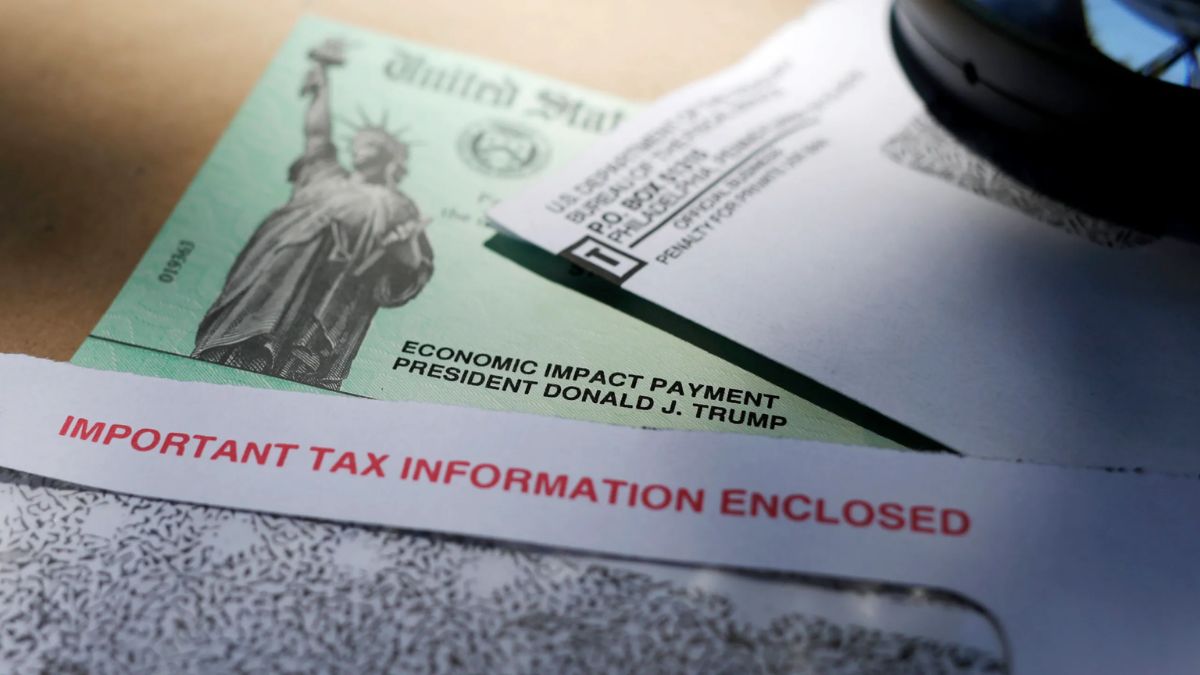Every month, the Social Security Administration (SSA) sends out millions of payments to roughly 70 million Americans, most of whom are retirees. With the new month of August rolling in, some beneficiaries will receive the maximum Social Security payment of $5,108. But not everyone qualifies for that amount.
Here’s what you need to know about this month’s payments, the official SSA schedule, and how you can work toward maximizing your benefits.
Schedule
With so many people relying on Social Security, the SSA follows a staggered and structured payment schedule to ensure smooth delivery. Your exact payment date depends on several factors, including:
- Your birthdate
- The type of Social Security benefit you receive
- The date you first started claiming benefits
Here’s how the general payment schedule works for most beneficiaries:
| Birth Date Range | Payment Day |
|---|---|
| 1st–10th of the month | 2nd Wednesday of the month |
| 11th–20th of the month | 3rd Wednesday of the month |
| 21st–31st of the month | 4th Wednesday of the month |
But there are exceptions. If you receive Supplemental Security Income (SSI) only, you’ll get your payment on the 1st of every month. If you receive both SSI and retirement benefits, or if you started receiving benefits before May 1997, you’ll receive your payment on the 3rd of the month instead.
August Payments
For August, the payment cycle starts with SSI recipients on August 1st. Then, on August 3rd, retirees who also receive SSI or began collecting before May 1997 will be paid.
Following that, payments will continue based on the standard birthday-based Wednesday schedule throughout the month. Among these recipients, a small portion will receive the maximum monthly benefit of $5,108.
Who Gets $5,108?
While the average Social Security retirement payment is about $2,000, only a select group of individuals qualify for the maximum monthly benefit of $5,108. To receive this amount, you must meet all of the following criteria:
- You waited until age 70 to begin claiming your retirement benefits
- You worked and paid Social Security taxes for at least 35 years
- You earned the maximum taxable income each of those 35 years (this income threshold changes annually)
- You have earned at least 40 Social Security credits
Claiming Social Security as early as age 62 is allowed, but the longer you wait (up to age 70), the more you receive monthly. Delaying beyond age 70 does not increase benefits any further.
Maximizing Benefits
Aside from waiting until 70, there are additional ways to maximize your benefits:
- Work at least 35 years: If you don’t, the SSA averages in $0 for the missing years, reducing your payment.
- Earn as much as possible during your highest income years: The SSA calculates your benefit using your 35 highest-earning years.
- Know spousal benefits: If you were married for at least 10 years, and are now divorced, you may still qualify for spousal benefits based on your former spouse’s earnings—even if they’ve remarried.
Once you file for Social Security, you can’t increase your benefit amount unless you withdraw your claim and refile later under very specific circumstances. So timing is everything.
Whether you’re close to retirement or decades away, knowing how the Social Security system works—and how to optimize it—can make a huge difference in your future income. A few strategic decisions now could be the key to a more secure and comfortable retirement.
FAQs
When is the next Social Security payment?
SSI is paid August 1; retirement benefits start August 3.
Who qualifies for $5,108 from SSA?
Those who worked 35 high-earning years and claimed at 70.
Can I get both SSI and retirement benefits?
Yes, and payments are usually issued on the 3rd of the month.
Does delaying benefits increase my monthly payment?
Yes, claiming at 70 gives the maximum benefit.
Can divorced people claim spousal benefits?
Yes, if married for at least 10 years and meet SSA rules.
























